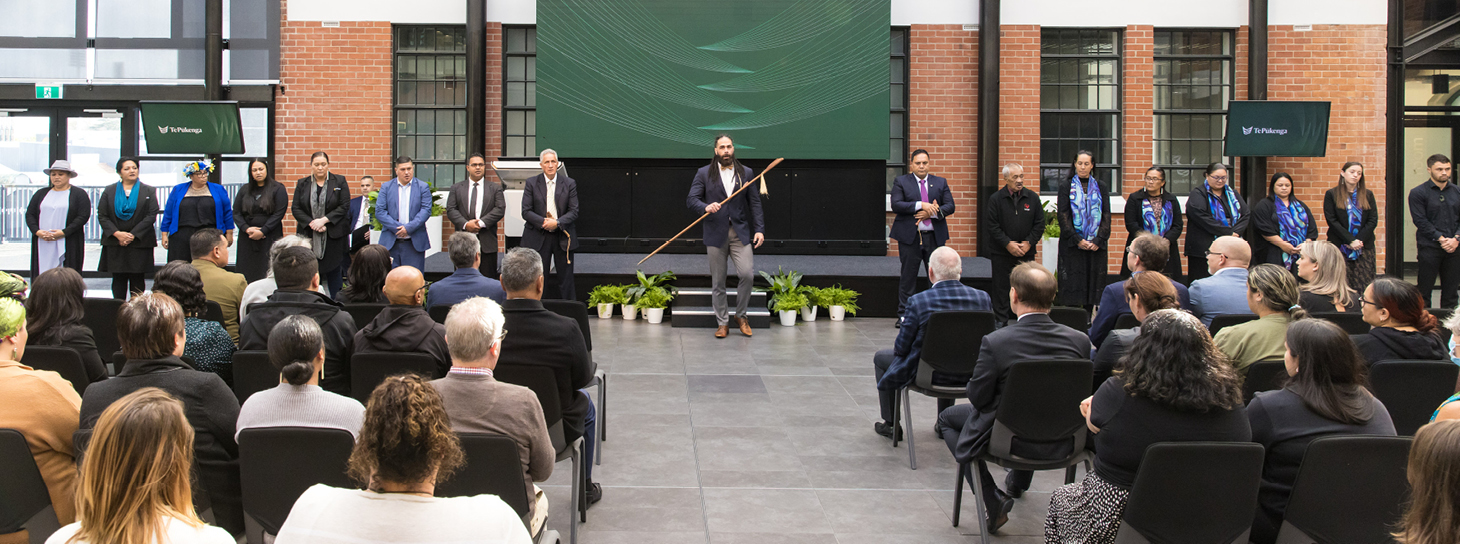OPINION
Bob Thompson
The recent news that Te Pukenga needs $500 million to help with the amalgamation, got me thinking of a better way.
A couple of the things that the creation of Te Pukenga was going to solve were:
- Reduce costs. Polytechnics were continually losing money. Some were doing OK but it’s an ongoing issue that tertiary providers face a constant battle to run a balanced set of accounts. Ironically most ITOs made good surpluses and had healthy reserves while receiving less funding
- The ability for students to move between polytechs and ITOs. Because each institution creates its own programmes and resources it’s not easy for a student to switch between polytechs or ITOs
A simple solution would have been to centralise the creation of the qualifications, programmes and resources that the polytechs and ITOs use. The creation and maintenance of these are costly with each organisation having a large number of people who manage them. For example, every polytech created and maintainined their own nursing programme and resources.
The introduction of the WDCs goes some way to addressing this but, as they sit under the TEC, who have been very critical of Te Pukenga, it will just end up in tension between the two areas as each entity will think they know best.
This would have gone a long way to solving the issues of removing cost from the polytechs, and because of the standardisation, it would be easy for the students to switch between providers when required. Polytechs and ITOs could remain independent like they are now and focus on delivery.
This is how it used to work in the ITO world. Each ITO was responsible for creating and maintaining the quality of the qualifications which other training providers could use. ITOs were responsible for a set area of coverage so there was no duplication.
There was definitely a need for change in the sector, but creating one big entity is going to create a mess that will take many years to fix for no real gains to the students as the money will be spent on combining systems and departments rather than on making the quality of the training better.

